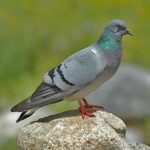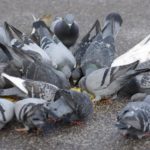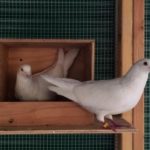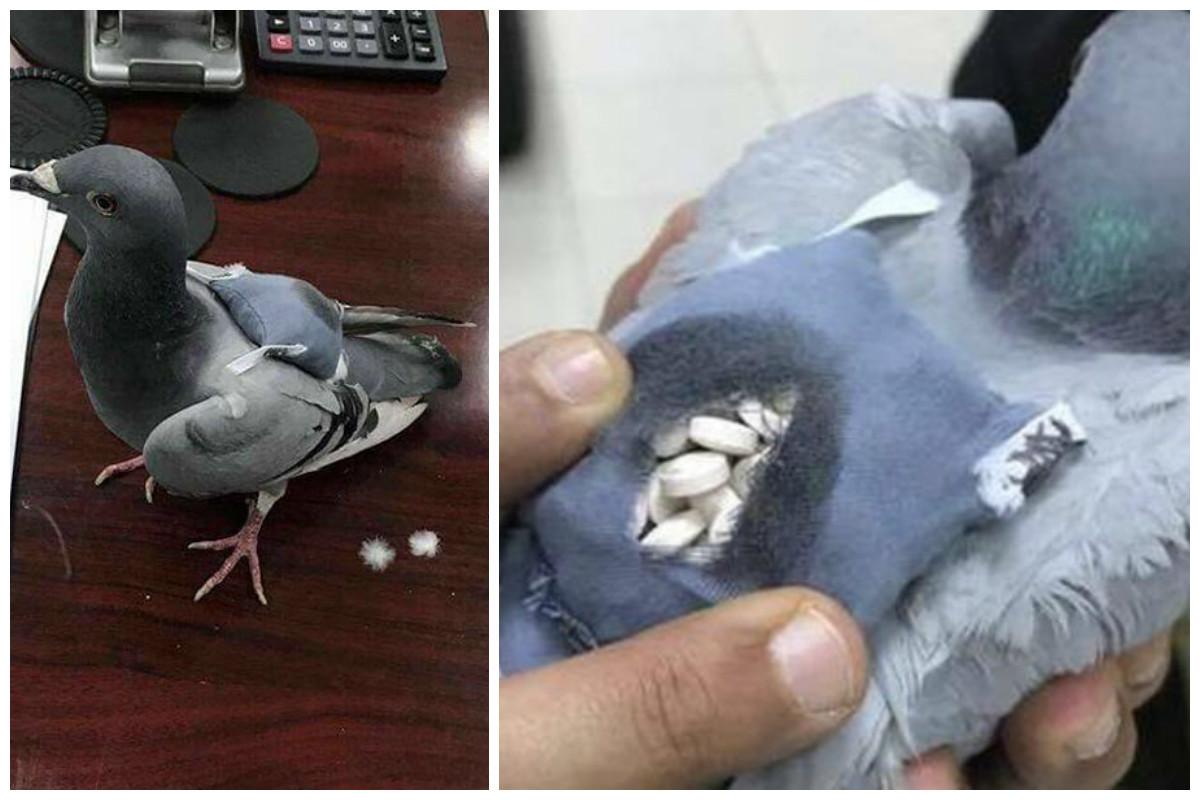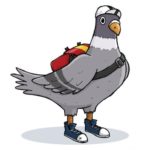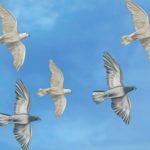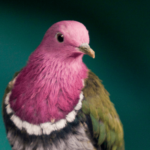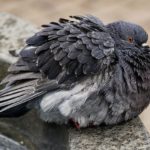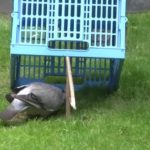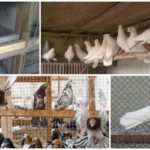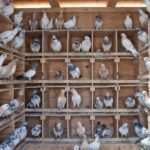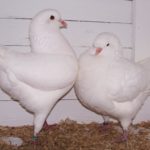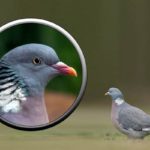Carrier pigeons appeared more than two thousand years ago. Such birds were used to deliver messages both in the Roman Empire and in the 20th century, during both world wars. Despite such a long history of interaction with humans, researchers still do not understand how homing pigeons know where to fly. There are several assumptions on this score that connect such possibilities with the structural features of the sense organs and the brain.
Popular breeds
Homing pigeons must meet the following characteristics:
- strong and harmoniously built body with a developed chest and strong skeleton;
- developed muscles and shoulder girdle;
- straight back;
- tight-fitting plumage;
- elongated wings, narrow tail, bare legs;
- presence of home instinct;
- endurance.
An important criterion is the presence of acute vision. However, researchers have recorded the fact that even blind pigeons are able to achieve the designated goal.
The following breeds correspond to the described characteristics:
- English. It is distinguished by a straight torso, providing good aerodynamic characteristics. The length of the bird reaches 46 centimeters. The English breed is distinguished by wrinkled eyelids and growths above and below the beak.
- Belgian. They are characterized by a body shape and appearance typical of carrier pigeons.
- German. This breed has a compact body and an elongated neck. The bird is characterized by a fast summer.
- Russian postal. This breed is considered the standard among racing pigeons. The bird's characteristic features include rounded wing tips, a sharp beak and elongated legs.
- Czech. This breed is used to deliver mail over short distances. Due to its large eyes, growth on its beak and a number of other features, the bird is often brought to exhibitions.
When selecting a breed that is used to deliver mail, the ability to return home is taken into account. Such a bird, if it does not find the addressee, is always sent back.
History of pigeon mail
The first mention of the use of pigeons to deliver mail dates back to 45 BC. Both then and later, the bird sent mainly messages from the sites of military operations. Large-scale breeding of homing pigeons began in the 13th century in Egypt.
Over time, the bird began to be used to deliver correspondence in other countries. English, French and Belgian breeders made a serious contribution to the development of breeds. In the 19th century, competitions began to be held among carrier pigeons. By that time, these birds began to be actively bred in Russia. But after the October Revolution, this direction was in decline. They returned to breeding homing pigeons on the territory of the Soviet Union in the 30s.
During the Great Patriotic War, birds began to be used more often to deliver messages. Because of this, the number of pigeons in the USSR was greatly reduced. The postal bird population returned to pre-war levels only in the 70s.
How do homing pigeons know where to fly?
Researchers cannot yet say with certainty how pigeons find their way to their destination. It is believed that the special structure of the brain plays an important role in this. The bird is able to remember the area it has been to. This is also facilitated by the special structure of the eyes, thanks to which pigeons concentrate attention only on significant objects, filtering out unimportant ones. That is why birds determine the road, provided that they have previously visited the recipient.
It is also believed that pigeons work using information supplied by the beak. The latter contains special receptors that help birds navigate the Earth's geomagnetic fields. The information obtained in this way is also permanently deposited in the bird’s brain.
In addition, a number of researchers note that pigeons use infrasound to orient themselves in space.The latter is capable of spreading over long distances, which is what birds take advantage of, flying many kilometers when delivering mail.
Average bird speed
Speed performance and endurance depend on both the breed and age of the bird. Pigeons over three years old are capable of reaching 60-70 km/h. Some individuals accelerate in flight up to 100 km/h. Cases have been recorded of birds reaching speeds of up to 150 km/h.
Training
Today, breeders train young animals using one of the following methods:
- Training begins when the chicks reach 2 months of age. In the first year, work is done on developing terrain orientation skills. Therefore, the birds do not fly far from the dovecote. During this period, pigeons cover no more than 75 kilometers. This method is used in regions with temperate climates.
- Training begins at 6 months of age. This option is suitable for those living in the southern regions. In this case, training is carried out in an accelerated manner. In the first 6 months, the birds must cover over 300 kilometers. Moreover, pigeons usually cross this distance in 7-8 flights.
Training begins with accustoming the young animals to their owner. During this period, the birds independently leave the enclosure and return back. You can also release young animals onto the roof. Then breeders train endurance. To do this, the young animals are chased around the dovecote for several days, gradually increasing the duration of this activity to 1.5 hours. The procedure is carried out before morning feeding.
Admission to competitions is given to those birds who have been taught to keep the direction. To do this, the young animals are taken to a distance of 2-3 kilometers from the dovecote and released home. Gradually the distance is increased. This type of training is carried out until the birds reach 2-3 years of age. In the end, racing pigeons that previously showed consistent results can be carried up to 500 kilometers away.
Rules of care and feeding
In summer, adult pigeons are fed three times a day, in winter - 2 times. During training and competitions, the amount of food provided is reduced. Adult birds are given mainly combined feeds. You can also include other foods in your food. The basis of the diet should be grain crops:
- barley;
- millet;
- rice;
- buckwheat.
It is also recommended to give legumes, rapeseed, hemp and flax. To strengthen the immune system and increase stamina, add fresh greens or premixes to the diet. Pebbles and salt should be periodically poured into separate feeders. You should always keep containers of water near your food. After satiation, the pigeons go to drink. Adults are easy to care for. Dovecotes should be kept dry and draft free. In addition, premises must be regularly cleaned and disinfected.


